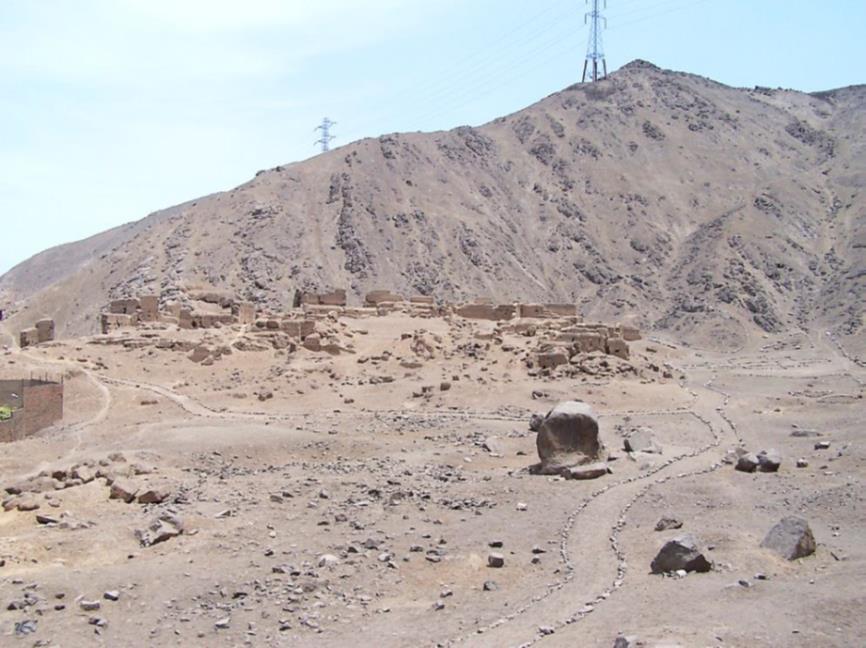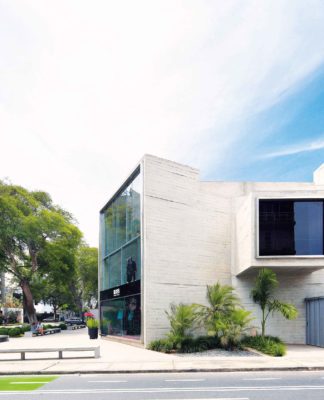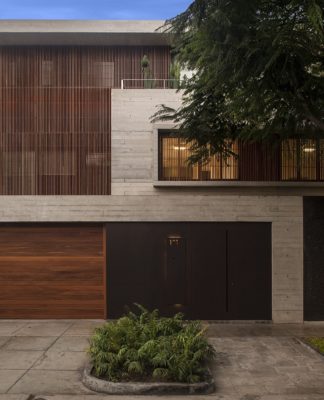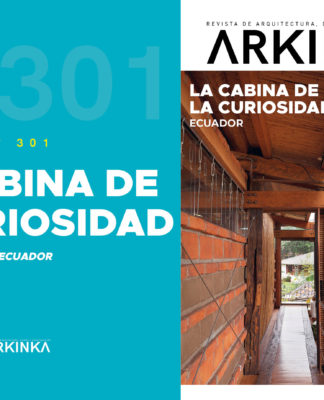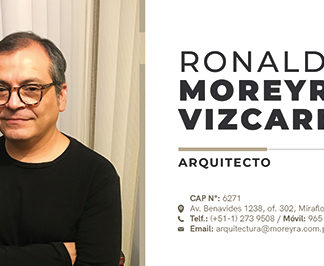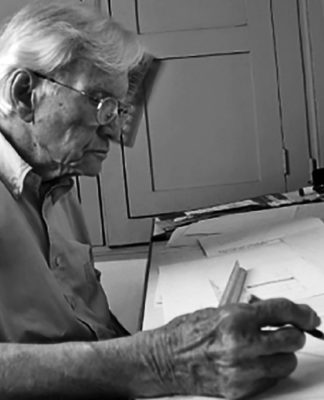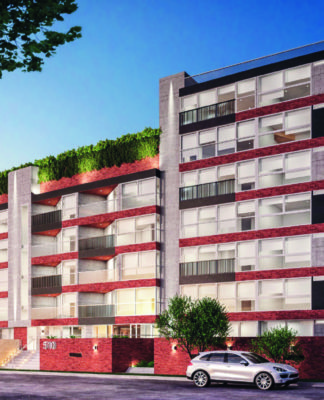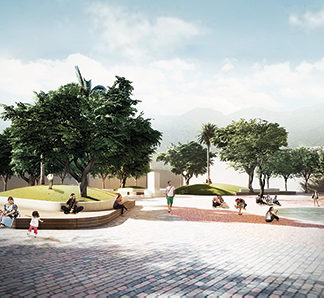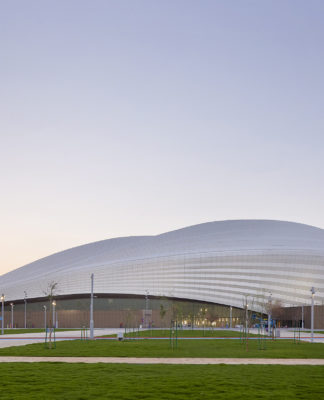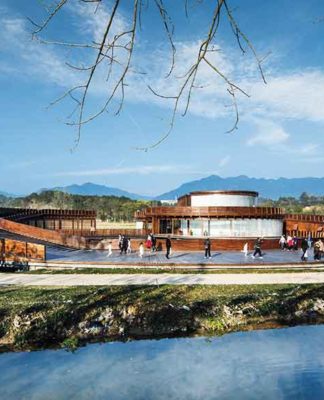Arqueología
FORTALEZA DE CAMPOY
UN PALACIO YCHSMA EN SAN JUAN DE LURIGANCHO
Introducción
El sitio arqueológico conocido como Fortaleza de Campoy, es poco conocido incluso en la literatura especializada, en cierta manera opacado por Huaca Mangomarca y casi sepultado por el alud de la desordenada urbanización de Lima. Sin embargo, desde el inicio de los trabajos de gestión cultural por parte de los entusiastas miembros del Instituto de Cultura, Historia y Medio Ambiente (ICHMA) vuelve a la vida a través de actividades artísticas y la conjunción de orientación turística básica en un circuito que enlaza al sitio arqueológico con las lomas de Mangomarca. Fue a raíz de la invitación de esta institución, en persona del profesor Arturo Vásquez Escobar, que se organizaron las actividades del Proyecto de Investigación arqueológica Fortaleza de Campoy, con el cual desarrollamos la primera temporada de campo en la segunda mitad del 2017 parte de cuyos resultados exponemos en este artículo.
Archeology
CAMPOY FORTRESS
AN YCHSMA PALACE IN SAN JUAN DE LURIGANCHO
Introduction
The archaeological site known as Campoy Fortress, is little known even in specialized literature, somewhat overshadowed by the Huaca Mangomarca and almost buried by the avalanche of the disordered urban development of Lima. However, from the beginning cultural management work from the enthusiastic members of the Institute of Culture, History and Environment (ICHMA by its initials in Spanish) the site came back to life through artistic activities and the conjunction of basic tourist orientation in a circuit that It links the archaeological site with the Mangomarca hills. This was as a result of the invitation made by this institution, by Professor Arturo Vásquez Escobar himself, who organized the activities of the Campoy Fortress Archaeological Research Project, with which we developed the first field season in the second half of 2017, we present part of those results in this article.

